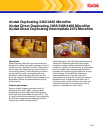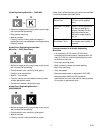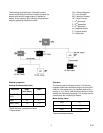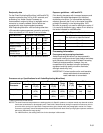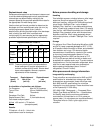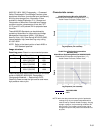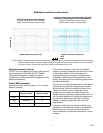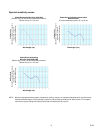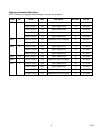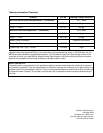
2D-32
Kodak Duplicating Microfilm — 2462/4462
• Reverses image polarity (neg-to-pos or pos-to-neg)
with conventional processing
• Blue spectral sensitivity
• Medium contrast
• Primarily used for making positive images of
publications such as newspapers and magazines for
frequent viewing
Kodak Direct Duplicating Intermediate
Microfilm — 2470 (Estar Base)
• Maintains image polarity (neg-to-neg or pos-to-pos)
with conventional processing
• Orthochromatic color sensitivity (blue-green)
• Excellent tone reproduction
• Medium - low contrast
• Primarily used as an intermediate master to make
multiple generation copies
• Can also be used as a distribution copy
Kodak Direct Duplicating Microfilm —
2468/3468/4468
• Maintains image polarity (neg-to-neg or pos-to-pos)
with conventional processing
• Orthochromatic color sensitivity (blue-green)
• Medium contrast
• Primarily used for making distribution copies
Kodak silver-halide duplicating microfilms are available
in three thicknesses as shown below:
Features common to all Kodak Duplicating
Microfilms
• Life expectancy of 500 years (LE-500) when
processed and stored properly, compared with 100
years (LE-100) for nonsilver duplicating films such
as diazo and vesicular
• Ultra-high resolving power
• Static-resistant, process-survivable backing
• Micro-fine granularity
• Very slow speed
• Manufactured process is registered to ISO 9000
• Manufactured to ANSI and ISO standards
specifications for films to be used for storing records
of long-term or permanent value
2462 and 2468 Estar
Base 4.0 mil
Used in normal 16, 35 &
105 mm roll film applica-
tions
3468 Estar Thin Base
2.5 mil
Used in 16 mm applications
for reduced loading fre-
quency, reduced film stor-
age requirements and
maximum image capacity
per roll
4462 and 4468 Estar
Thick Base 7.0 mil
Used for microfiche applica-
tions where more rigidity is
required



